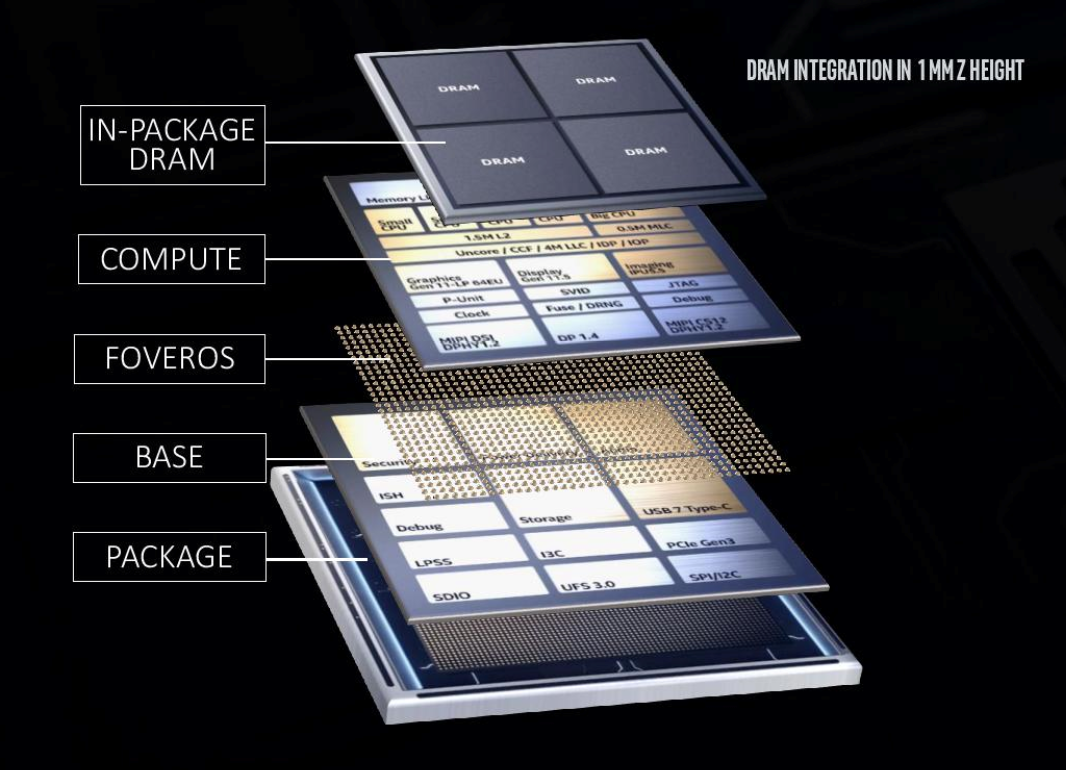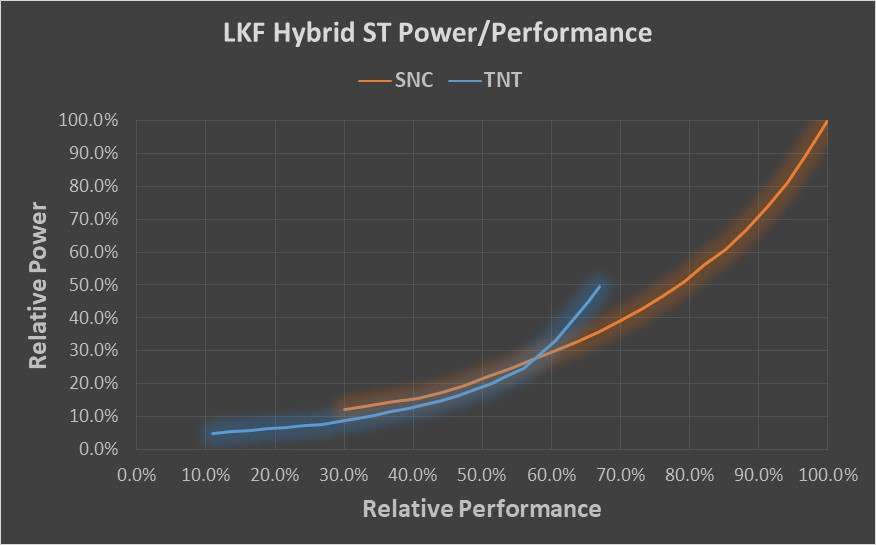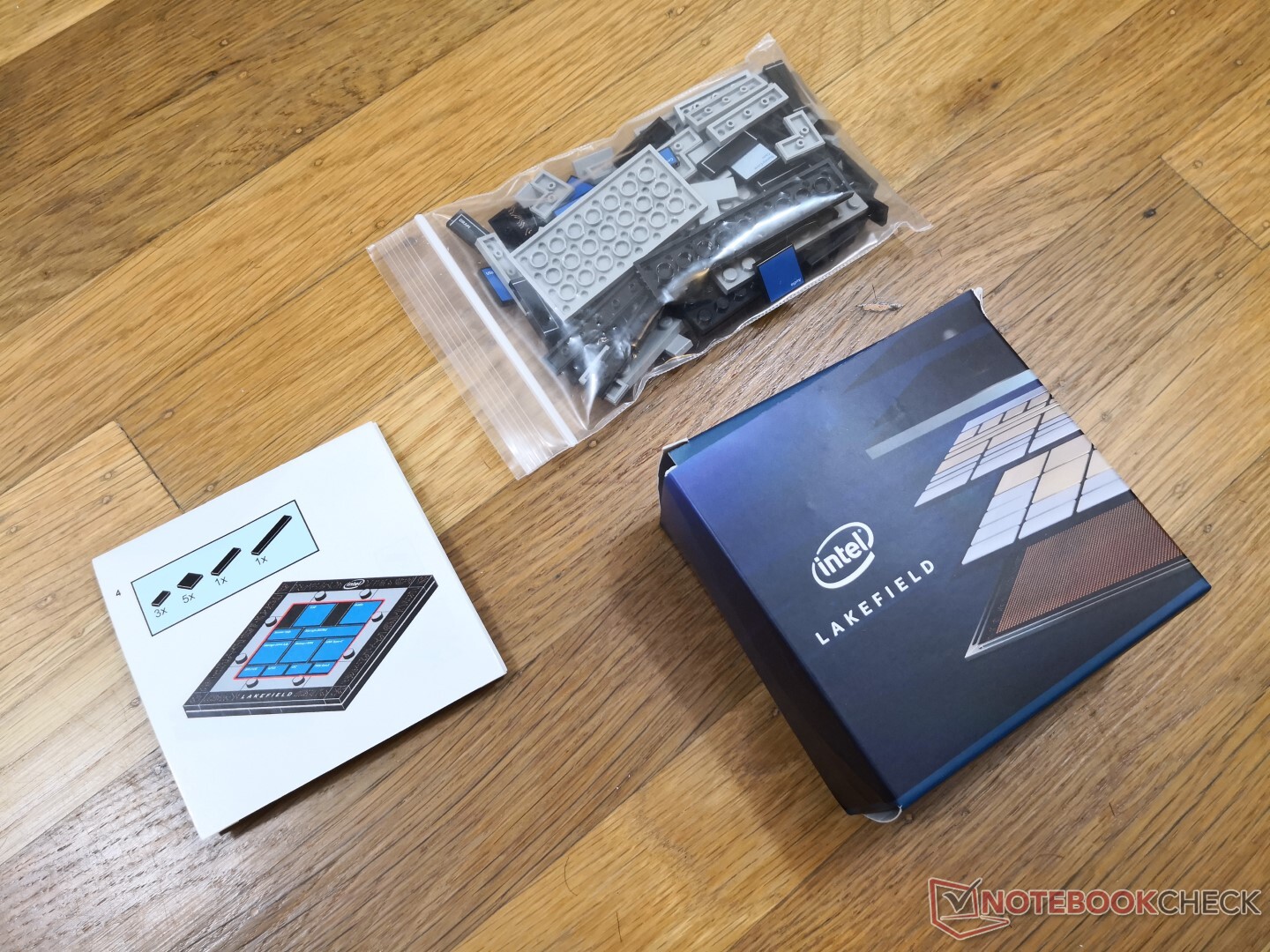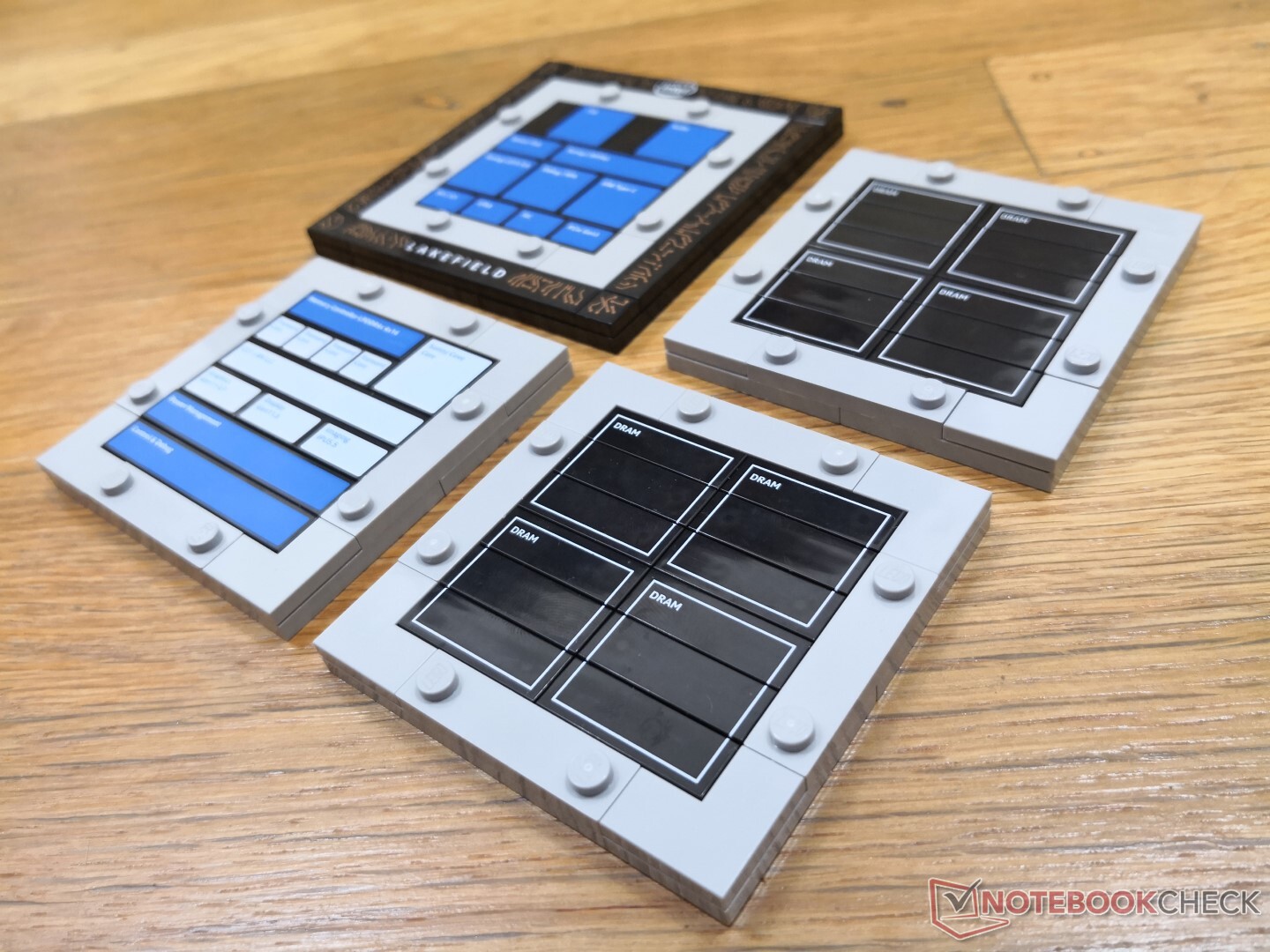HBM as system memory, fascinating
FWIW, I thought it would happen years ago. And I actually guessed AMD would be first, since they already had experience with HBM, in their Fury and Vega GPUs.
That said, Intel
did launch Xeon Phi (KNL) with 16 GB of in-package McDRAM, back in 2016. And it could even slot into a normal sever CPU socket and use the DDR4 DIMMs as well. So, this isn't even their first go at a CPU with in-package memory.
...and then there's Lakefield, but probably the less said about that, the better.
; )
no wonder they shut down optane.
No, they shut down Optane because it offered no benefits over battery-backed DRAM. Even cost-wise, it just couldn't keep ahead.
Assuming it
had maintained a cost advantage over DRAM, what I was expecting to see was Optane essentially being used as "swap space", so you could scale up capacity of these HBM-equipped servers into the many TBs. Instead, it looks like they'll have to make due with conventional DRAM DIMMs, and any nonvolatile storage will probably live out on the CXL bus. Eventually, I think direct-connected memory might get entirely replaced by CXL, so you have just that + whatever is in-package.
I wonder how long it's going to take for it to become cheap enough to end up in the normal desktop lineup in 4 or 8Gb versions.
Uh, like 2 years ago, when Apple launched the M1. Okay, that was LPDDR4, but it was still stacks of DRAM in-package. The M1 Max then showed how you can scale performance, by upgrading it to LPDDR5 and widening the memory bus to 256-bit.
you could use the CPU without any actual ddr ram making it much cheaper.
I wonder how much cost-savings there is. Certainly, the motherboard gets cheaper, because you don't have DIMM slots and you can reduce the number of contacts in the socket (not to mention the traces connecting them). You'd save money on the DIMMs, but the actual DRAM dies still cost the same, and what you save on the physical DIMM might simply offset the added packaging costs of integrating the DRAM stacks.
The obvious downside is that if one of your DRAM dies eats it, you have to trash the whole package and get a replacement. If it's BGA, say goodbye to the entire motherboard, also. Yay, disposable tech!
That said, if it's just isolated errors, you can exclude those pages from use. And DDR5 has internal ECC, which could
potentially make it more reliable, depending on how much they provision.






